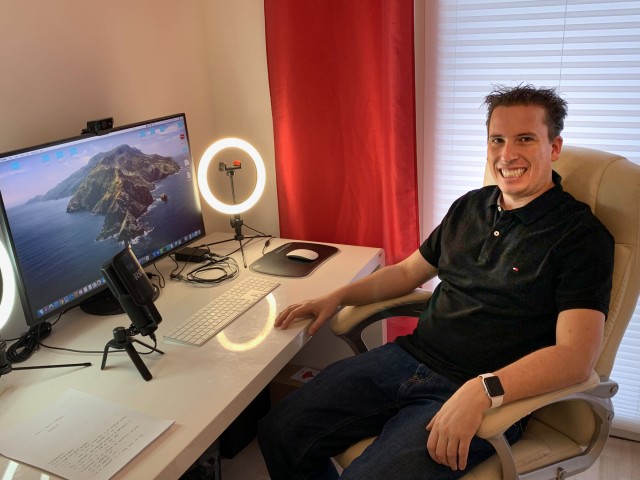Prof. Dr. Kai Müller - WSI, TU München
What is your role in MCQST? What is the focus of your current research? Tell us a bit about it!
I am a principal investigator (PI) of MCQST. My group focusses on the engineering of building blocks which are essential for all areas of photonic quantum technologies, such as quantum communication, computation, simulation and sensing. The research is quite broad and spans the entire range from fundamental quantum optical studies over the development of devices to demonstrator experiments. These key building blocks are sources of quantum light, spin-photon interfaces, quantum memories and single-photon detectors. They can be either engineered as modular fiber-coupled components, or integrated into quantum photonic integrated circuits. Since every application has different requirements, and since every material system has specific advantages and disadvantages, we work with a broad range of material systems, including semiconductor quantum dots, color centers in solids, two-dimensional materials, rare-earth ion doped crystals and superconducting nanowires.
 © Kai Müller
© Kai Müller How are you linked within MCQST?
MCQST provides unique opportunities for sparking interactions and collaborations with researchers with complementary expertise. Collaborations emerge not only as a top-down process initiated by the PIs but also from interactions between the postdocs and PhD students at various MCQST events. My group has collaborations with the groups of Jonathan Finley, Holger Boche, Alexander Holleitner, Martin Brandt, and Andreas Reiserer and we continuously start new collaborations.
What does your typical work day look like?
One of the aspects that I really enjoy about my work is that there is no typical work day. Every day is different and consists of a mixture of meetings with my group members (individually or project related), discussing experimental aspects in the lab, teaching, meetings with collaborators, attending talks, working on publications and proposals, refereeing...
What was your biggest challenge this year?
This year was heavily impacted by the Covid-19 pandemic that resulted in many challenges, e.g. organizing the QD2020 conference (with Jon Finley and Alex Urban), running an experimental group while the number of students in the labs is limited. Also combining working from home with taking care of my children during the time when daycare and Kindergarten were closed was certainly challenging, but it worked surprisingly well and I actually enjoyed it.
Since every application has different requirements, and since every material system has specific advantages and disadvantages, we work with a broad range of material systems, including semiconductor quantum dots, color centers in solids, two-dimensional materials, rare-earth ion doped crystals and superconducting nanowires.
You are one of the designated professors for the new Center for Quantum Engineering (ZQE). Tell us about it!
The ZQE is a new institute at the Garching campus that is currently being build. It is intended to address key aspects of the new area of quantum engineering. To this end, it will be an interdisciplinary institute that brings the basic sciences and engineering sciences together, as quantum engineering requires the combination of their complementary expertise. Research at ZQE shall address all areas of quantum engineering, i.e. materials engineering, device engineering and system engineering.